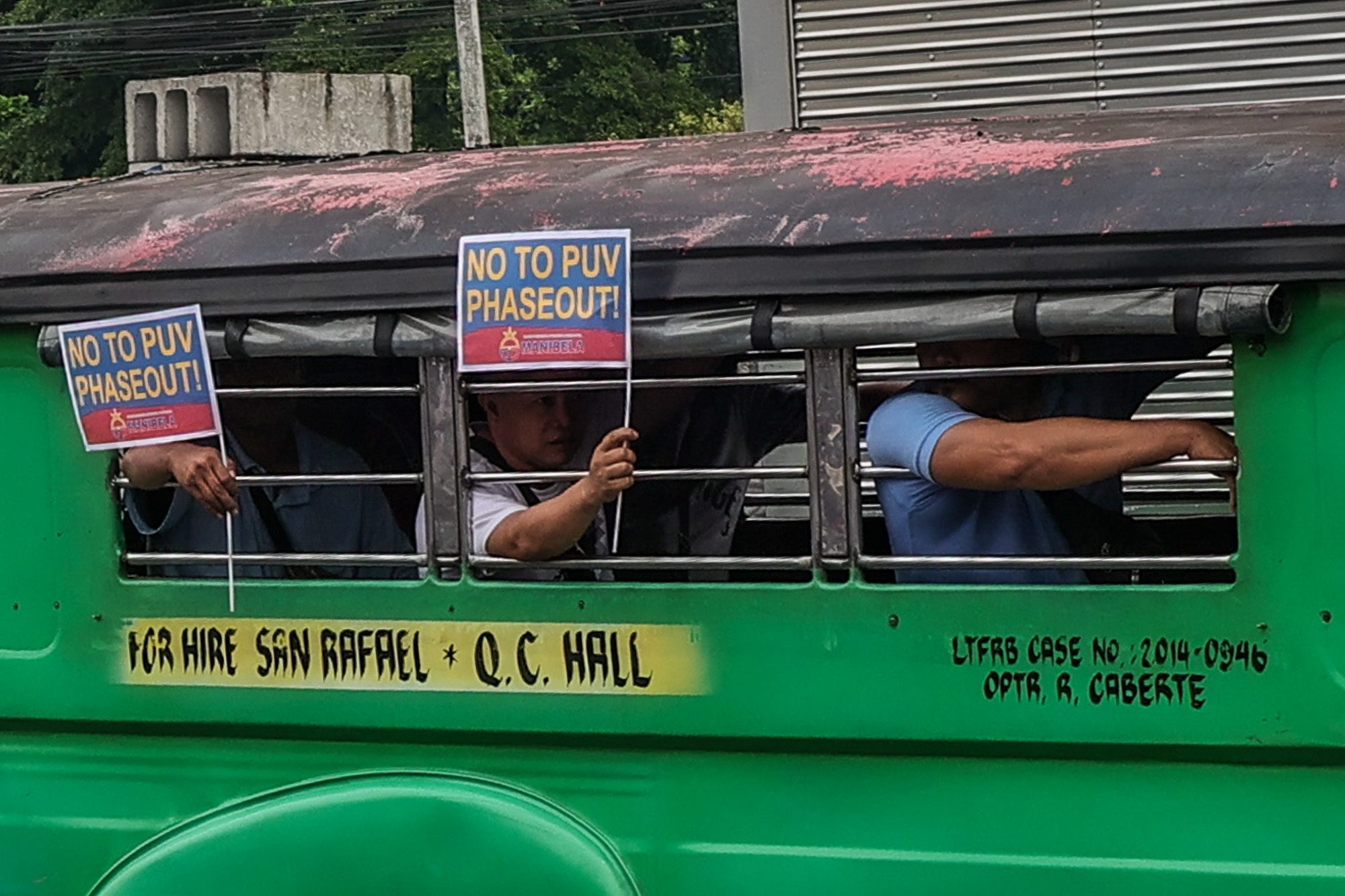For drivers and operators who may lose their livelihood by the end of the year, the government plans to hold training sessions to help them find another job.
“One of the options is they will be trained by DOLE (Department of Labor and Employment) through TESDA (Technical Education and Skills Development Authority) so they can find alternative jobs. The next steps will be they will be given jobs by DOLE after their training from TESDA. That will be the mode of exit,” Martinez told the lower house of Congress.
It is, however, unclear where the government will get funds to continue these support programs in the long run. Under the DOTr’s proposed 2024 budget, there was no budget at all allocated for the modernization program.
The DOTr also admitted that it was quite literally running out of personnel to implement the Public Utility Vehicle (PUV) Modernization Program, with more than half of their personnel involved in the program now having their contracts terminated.



I rode EV jeepneys back in 2018 daily while I was still working a desk job. While they’re certainly more environment-friendly, convenient (I can finally put my Beep card to good use), and retained the aesthetics of traditional jeep (contrary to the incorrect criticism that the look is going extinct), it’s actually quite nightmarish as a commuter during rush hours.
Since drivers still generate profit by hitting their “boundary,” the age-old problem of jeepneys stuffing their vehicles more than the ideal capacity is still rampant. This is twice as problematic with e-jeeps because windows are kept closed due to the AC. So, it’s tight and there’s little to no airflow. To make things worse, drivers also try to save fuel by turning the AC low.
Basically, if the government wants jeepney drivers to roll with modernization, they need to address the elephant in the room, and that’s their daily wage. They’re not going to upgrade their jeep unless the financing options make sense. They’re not going to agree to a fixed salary (another part of the modernization program) because they make way more money with the current system that incentivizes ferrying more passengers. Government never addresses any of these issues and just trots around the same old “ThE enVirOnMeNt” talking point that other Filipinos parrot, as if they enjoy driving a smoke-belching, gas-guzzling heavy steel tank.
Is this nationwide, or just Metro Manila?
If I remember correctly nationwide to.
I’ve taken a ride on one of the e-jeepneys plying the Buendia/LRT-BGC route a while back, and it’s really worse than a traditional jeepney for a tall-ish person like me. I’m not terribly tall, kinda wide, but moving around in one of those e-jeepneys is just the worst. In a traditional jeepney, I can just scoot over to a vacant spot if I have to, but in an e-jeepney (at least in that model), I have to actually stand up (or rather, half-crouch-half-stand) to move.
Now, the ones in Manila (and certain areas of Pasay), the mini-bus types with longitudinal seating, they’re way better. I think those are e-buses, but nevertheless, I wish more jeepney routes actually change over to such vehicles. I may be sympathetic to the jeepney driver’s plight, but clogging our streets with jeepneys when a more efficient mode of transport (for certain routes, like those plying the entire length of Taft Avenue/Avenida Rizal) is available is such a waste. In return, the routes that are currently held by trikes but are really needing the capacity boost, can then be assigned to jeepneys.